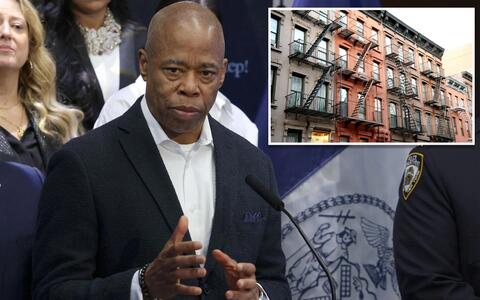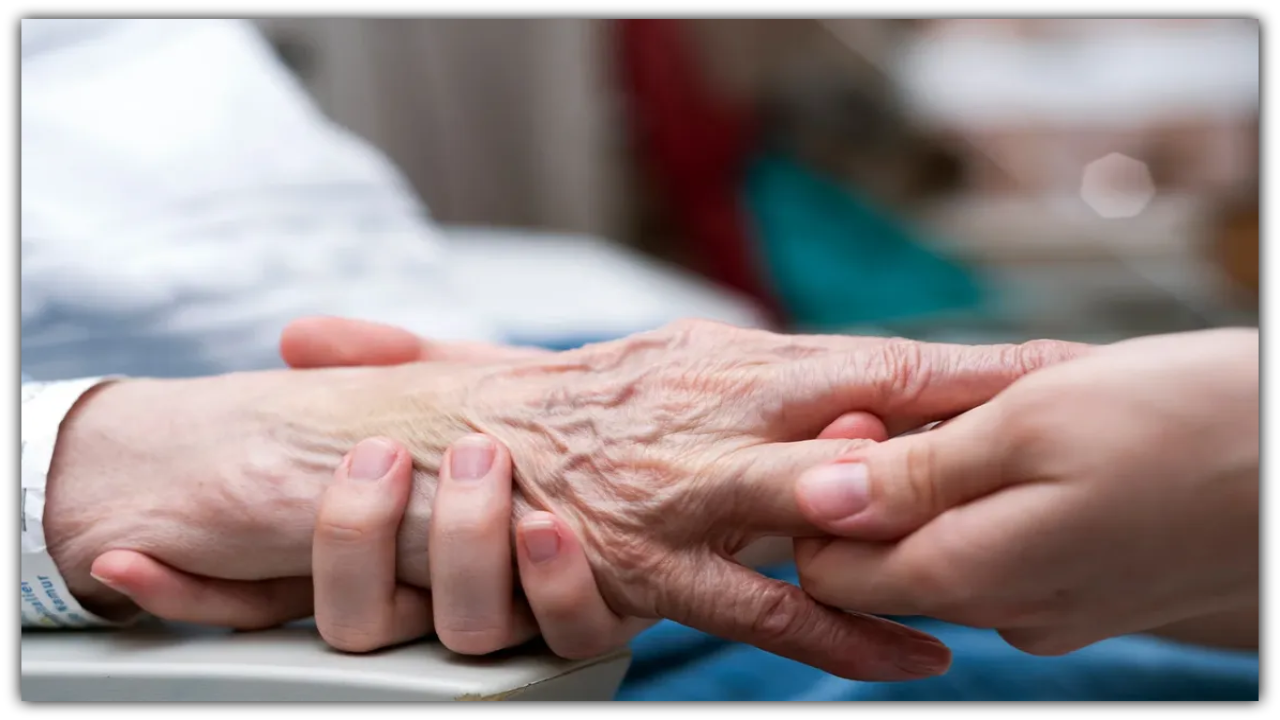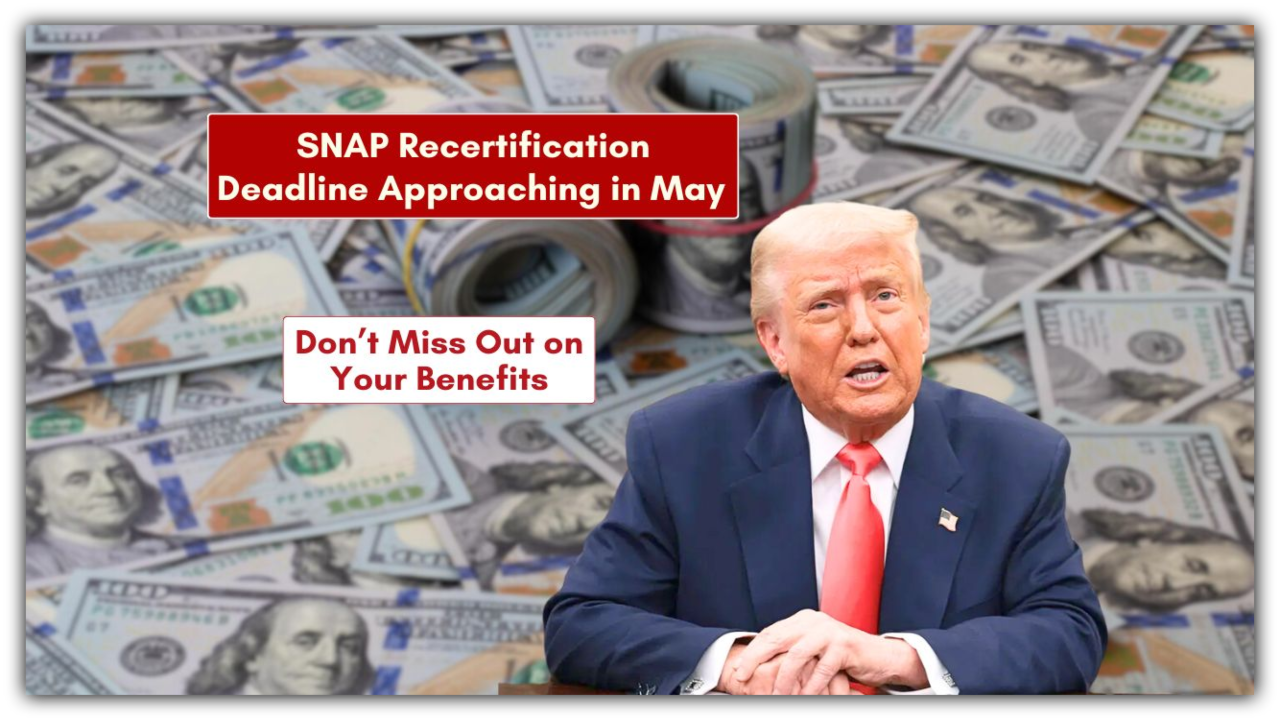New York City residents are grappling with the repercussions of widespread budget cuts affecting essential services, making it an inopportune time for the Adams administration to embark on an expensive housing program. The Department of Housing Preservation and Development’s recent announcement of the Mixed-Income Market Initiative (MIMI) raises concerns, as it involves using the city’s own funds to incentivize developers to include affordable units in affluent neighborhoods. In the face of fiscal challenges, this initiative fails both the common-sense and financial tests, diverting crucial city funds away from pressing needs.

A Questionable Emphasis on Socio-Economic Integration
Unlike previous housing programs, MIMI relies on the city’s limited resources to subsidize units in high-priced neighborhoods, creating an expensive endeavor that may only benefit a fortunate few through a housing lottery. The shift from utilizing tax breaks to direct funding poses a significant financial strain on the city, diverting resources away from essential services during challenging budget times.
MIMI’s emphasis on moving the poor into affluent neighborhoods, labeled as “high-opportunity” areas, raises questions about its practicality and impact. With a limited number of subsidized units available, the initiative may fall short of addressing the needs of the vast number of New York households with modest or low incomes.
Rather than perpetuating socio-economic divisions, critics argue that the city should focus on enhancing opportunities across all neighborhoods through improved public services, effective schools, and robust safety measures.
Urban Development Challenges
In the absence of federal dollars and property-tax breaks, MIMI utilizes the city’s own funds, diverting resources from critical services to pursue an ambitious but potentially impractical housing plan.
With a significant portion of New York’s population residing in poverty-stricken neighborhoods, the city faces the challenge of providing meaningful opportunities for all residents, rather than relying on selective socio-economic integration.
READ ALSO: Montana Residents Anticipate $2,500 Stimulus as Rebate Distribution Commences



